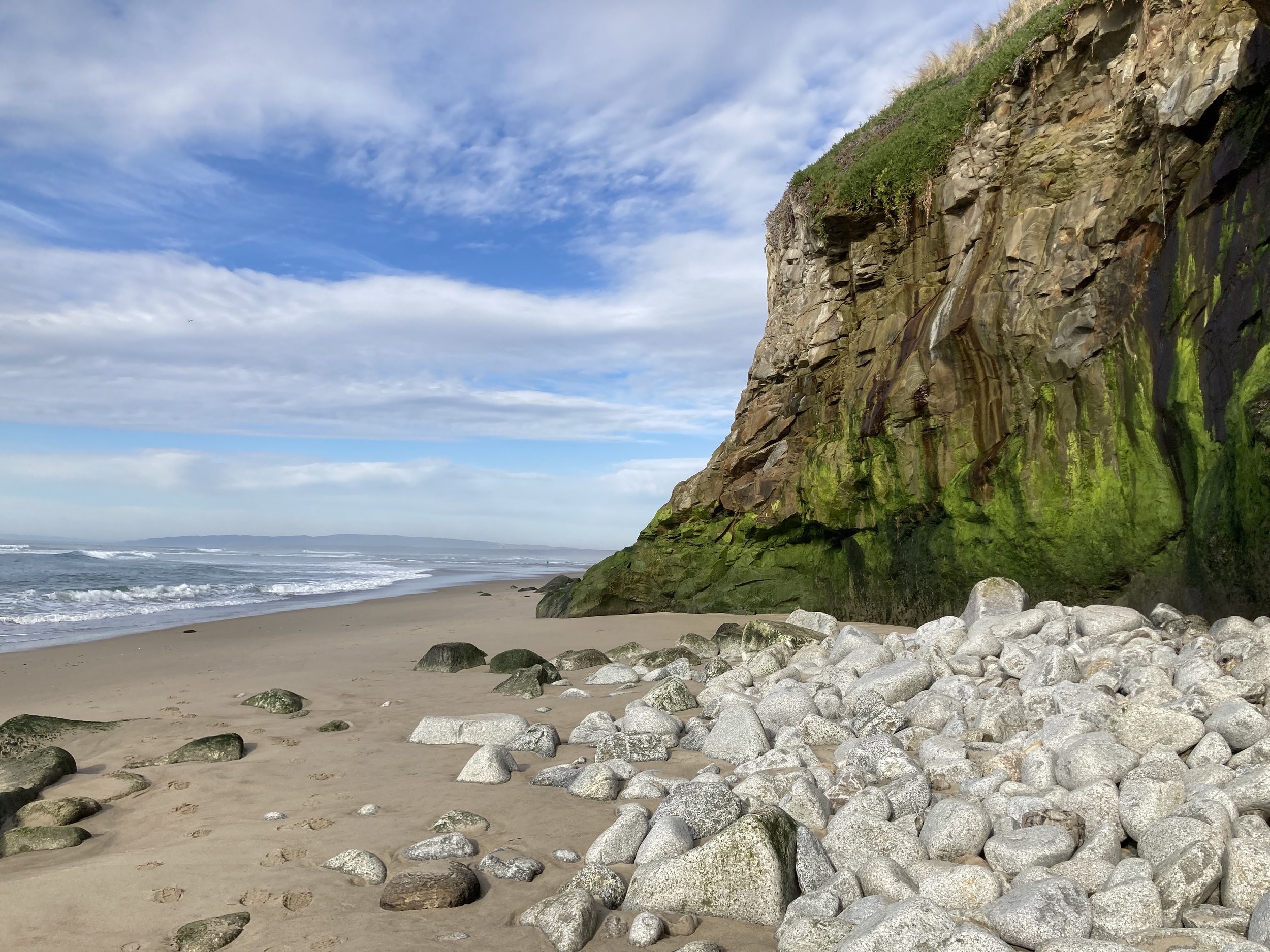For many, February means hearts and Valentine's Day. For others, it is also Black History Month with tributes to Martin Luther King, Jr., Malcolm X, and other persons of color who have influenced the America of today. In light of these celebrations, we wondered what persons of color we were unaware of who might have influenced the two sports we hold dear to our hearts and thought we would share some of what we found. We hope you find these stories as inspiring as we did.
The first black surfer who broke racial barriers and led the way for others takes us back to the 1940s and Inkwell Beach in Santa Monica. Born to a black mother and Mexican father, Nick Gabald'on was a self-taught surfer. His skill and surfing ability allowed him to surf not only his segregated home break at Inkwell Beach but also other beaches along the California coast that were predominately white, paving the way for others to follow his lead. Tragically he died at 24 while attempting to 'shoot the pier' at Malibu.
Gabald'on was followed by Montgomery ‘Buttons' Kaluhiokalani, who surfed with fellow legends Larry Bertlemann and Mark Liddel in his prime. Born to a black military father and Hawaiian mother, he began surfing at age seven and competing in his early teens, winning the Malibu Sunkist Pro in 1979. Buttons' approach to riding the wave differed from most, incorporating skate-inspired maneuvers, which he credited to the famous Dogtown skate scene after seeing Tony Alva and Jay Adams skate. Eventually, he started a surf school, spreading aloha with his love of surfing to others. Buttons passed in 2013 at the age of 54 due to complications from his battle with lung cancer.
And then there is Mary Mills, also known as Surf Sister. Initially a skateboarder, she enjoyed watching and dreaming about surfing as a child but didn't believe she would ever surf because she couldn't swim, had straightened her hair, and was black. Around 2008 this belief changed. She had learned how to swim, reconciled being in the water with her hair, and saw a surf mat that intrigued her. And so she returned to the dream she had never truly given up on, learning to surf in her late 30s. Mary has given up the skateboard, but she can still be found in the water today, usually on a longboard, enjoying the ocean but also showing up to be seen because, in her words, 'I don't want anyone to ever say that black people didn't surf.'
In skateboarding, we only go back to 1965 when Charles Williams was the first black skateboarder to have his picture with a caption published in a magazine. That magazine was the “Quarterly Skateboarder” which included his photo with an article about skateboarding in England and described the trick he was doing as the Sleeping King Arthur, with no other information about Charles himself.
Then there are Marty and Clyde Grimes, the first black pro skateboarders. They both went pro together in 1975 after competing at the Del Mar Skateboard Championships when EZ Ryder offered them spots on their team. They also rode for the famed Dogtown and Zephyr skateboards. Marty further cemented his place in skateboarding history as the first black skateboarder to have a signature model.
Larry Bertlemann was known for his surfing and surfboard design in the 1970s, but ironically, his influence in the skateboarding world is believed by many to be more historically significant. Larry skateboarded the streets like he did a wave in the ocean, influencing other skateboarders of his day like Tony Alva, Stacey Peralta, and Jay Adams with tricks like slide-out turns called 'Berts.' He was also the first black skateboarder to land an ad in an aptly named magazine, “Skateboarder”, in 1975.
Last, I wanted to recognize someone whose contributions helped skateboarding travel the world and into so many homes. The first black skateboarding photographer was Dobie Campbell, and like so many others in his profession, he is often unseen and unknown. Dobie, however, was not only a photographer, but also a musician, and he documented, through film, the evolution of skateboarding in Britain in the 1970s and 1980s. He watched firsthand as skateboarding took hold of the youth and became a subculture with its own unique style of dress. He also watched as it almost disappeared for a time and is now watching it come full circle to being an accepted sport with the once unique style of dress mainstream.
So this February, we remember these pioneers and firsts in surfing and skateboarding. Honoring their contributions and thanking them for what they have given to these sports that we hold dear to our hearts.
https://en.wikipedia.org/wiki/Nick_Gabald%C3%B3n
https://www.surfer.com/features/rip-buttons-kaluhiokalani/
https://www.texturedwaves.com/roots/mary-mills
https://www.thrashermagazine.com/articles/the-pioneers-firsts-in-black-skateboarding/
http://vintageskateboardmagazines.com/Images/quarterly_skateboarder/quarterly_skateboarder_no2_h.JPG
https://en.wikipedia.org/wiki/Marty_Grimes
A picture of pictures from times past which influence today.


